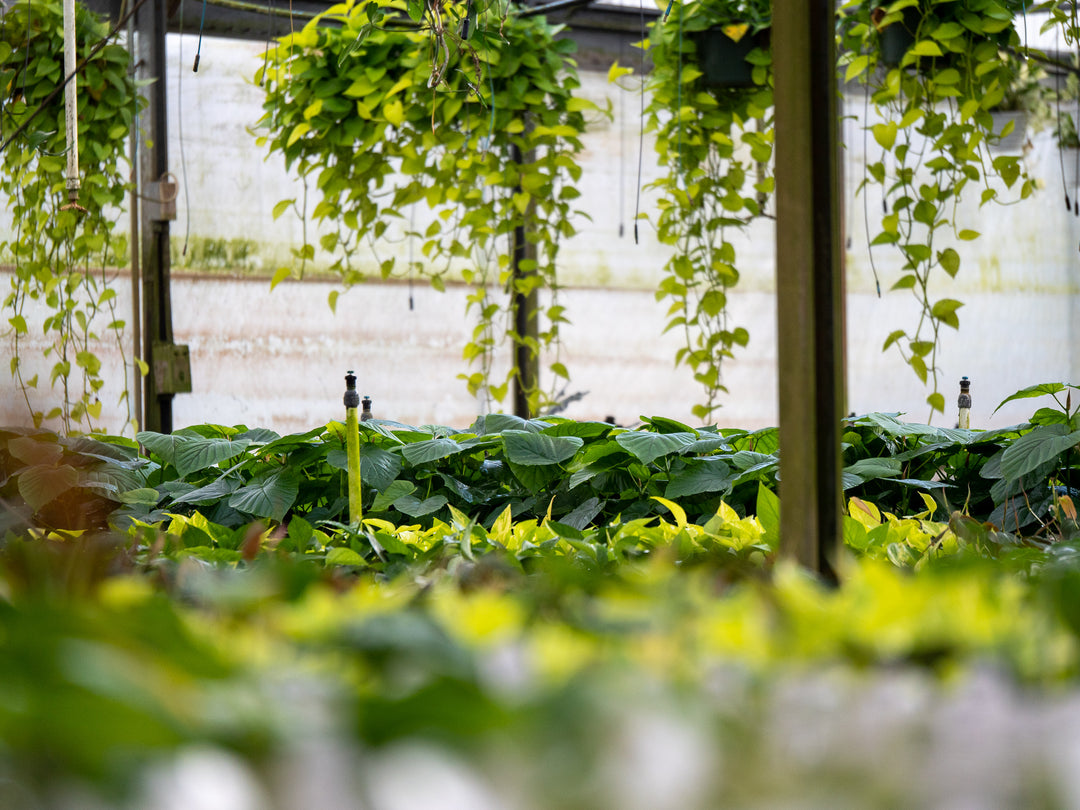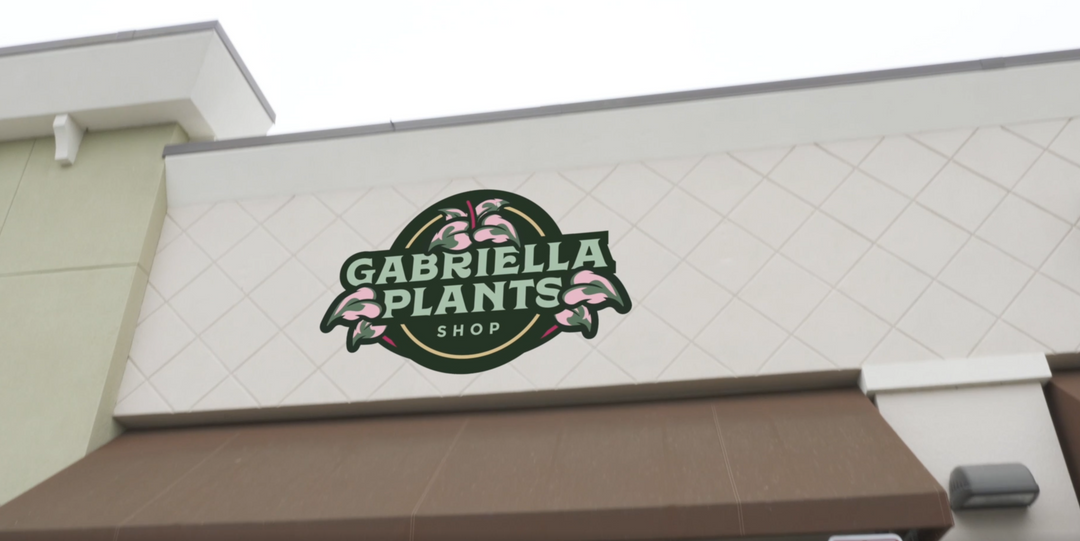At Gabriella Plants, we are passionate about helping plant enthusiasts grow and care for their beloved greenery. In this article, we will provide you with everything you need to know about growing and caring for Hoya plants. By the end of this article, you'll have all the knowledge and skills you need to successfully grow and care for these stunning plants in your own home.
Introduction
Hoya plants, also known as Wax Plants, are popular among plant enthusiasts due to their beautiful foliage, unique flowers, and easy-to-care-for nature. In this comprehensive guide, we will provide you with all the information you need to grow and care for your Hoya plants, from choosing the right potting mix to dealing with common pests and diseases.
Choosing the Right
There are hundreds of species of Hoya plants, each with its unique characteristics and requirements. Here are the top 3 Hoya cultivars that we recommend for beginners:
- Hoya carnosa (like Krimson Queen or Krimson Princess)
- Hoya kerrii
- Hoya pubicalyx
These cultivars are easy to care for, have attractive foliage, and are readily available in nurseries and online stores.
Potting Mix and Soil Requirements
Hoya plants prefer well-draining soil that allows air to circulate around the roots. We recommend using a potting mix that consists of two parts of orchid bark or perlite, one part of peat moss, and one part of coarse sand. Alternatively, you can use a pre-made potting mix that is specifically formulated for epiphytic plants like Hoya.
Light and Temperature Requirements
Most Hoya plants prefer bright, indirect sunlight. Direct sunlight can scorch their leaves, while low light conditions can inhibit their growth and flowering. Ideally, place your Hoya plant near a north-facing window or use a sheer curtain to filter the sunlight.
Hoya plants also prefer warm temperatures, with a range of 60-80°F (15-27°C) being ideal. They can tolerate cooler temperatures but may require additional care during the winter months.
Watering and Fertilizing
Hoya plants do not like to be overwatered, and their roots are susceptible to rot. Water your Hoya plant when the top inch of soil feels dry to the touch, and ensure that the pot has adequate drainage holes.
Hoya plants do not require frequent fertilization, but you can use a balanced liquid fertilizer once a month during the growing season (spring and summer). Do not fertilize your Hoya plant during the winter months, as this can lead to over-fertilization and damage to the roots.
Pruning and Propagation
Pruning your Hoya plant is essential for maintaining its shape and size, promoting new growth, and preventing it from becoming too leggy. Use clean, sharp scissors or pruning shears to cut back any dead, yellow, or diseased leaves and stems.
Hoya plants are easy to propagate, and you can use stem cuttings or leaf cuttings to grow new plants. Place the cuttings in a well-draining potting mix, keep them moist but not waterlogged, and wait for them to root.
Common Pests and Diseases
Hoya plants are relatively pest and disease-resistant, but they can still be affected by mealybugs, spider mites, and scale insects. Inspect your Hoya plant regularly and treat any infestations promptly with insecticidal soap or neem oil.
Conclusion
Growing and caring for Hoya plants is a rewarding experience that requires minimal effort and maintenance. By following the tips and guidelines provided in this article, you can successfully grow and care for your Hoya plants and enjoy their stunning





